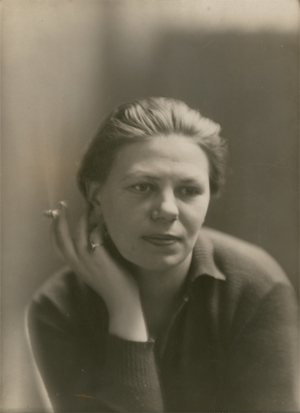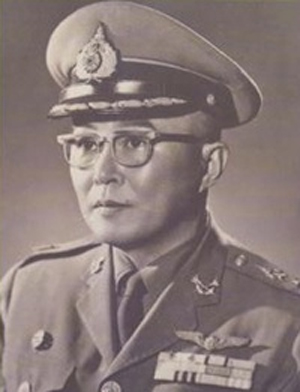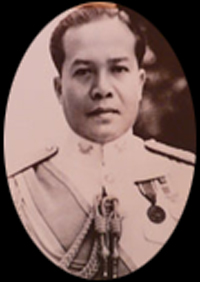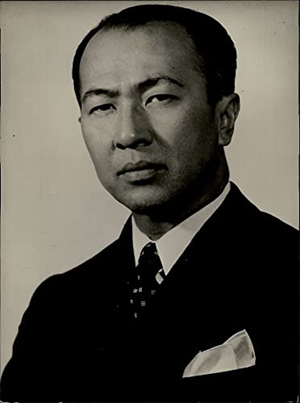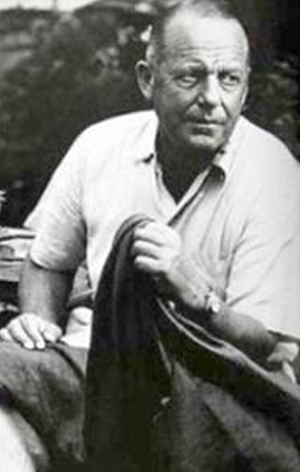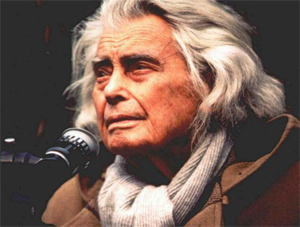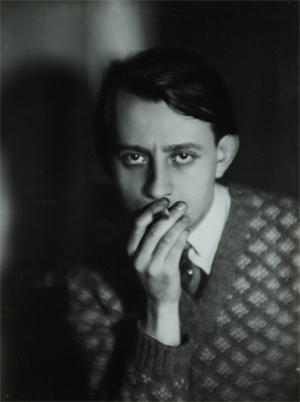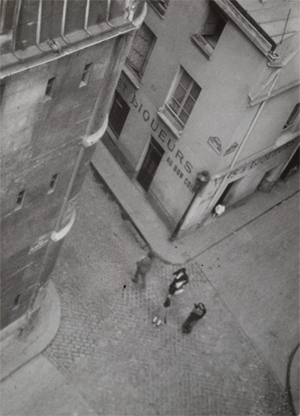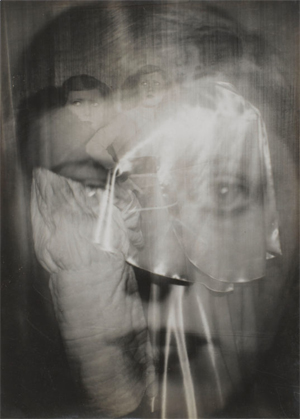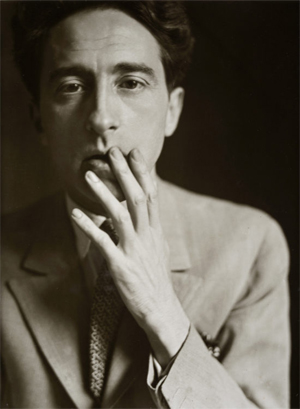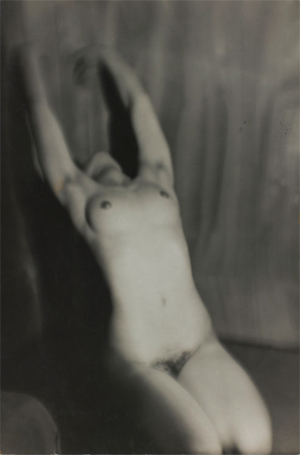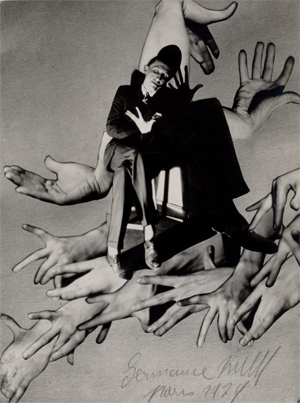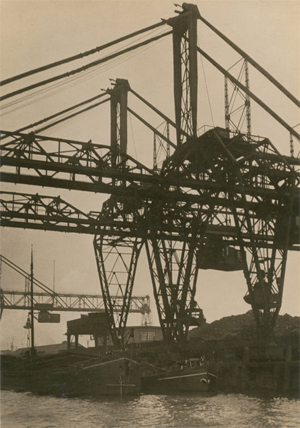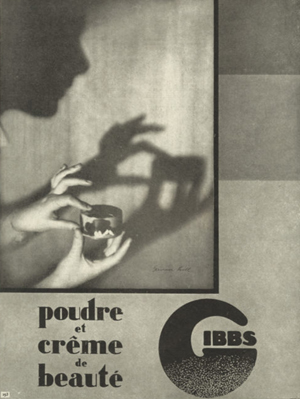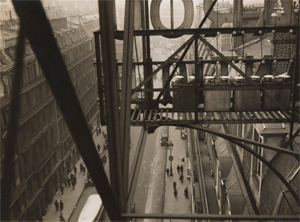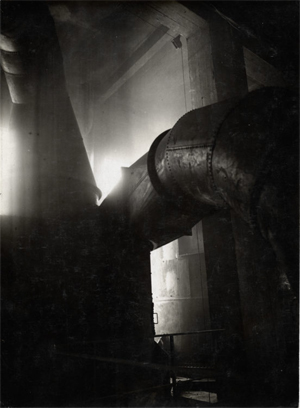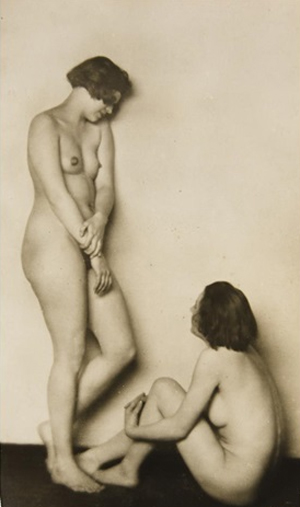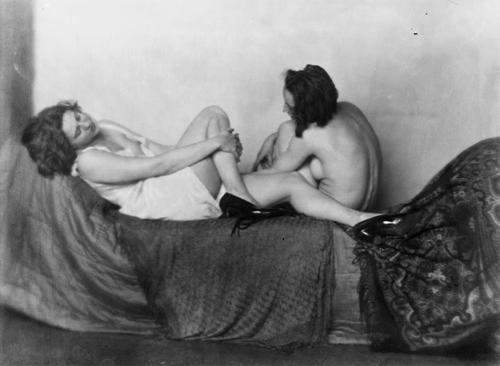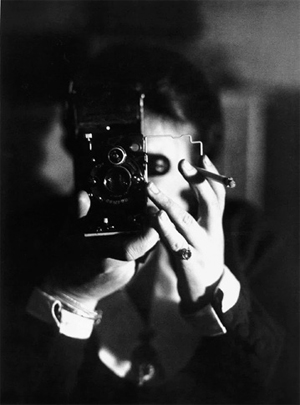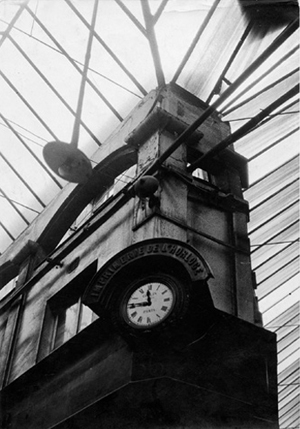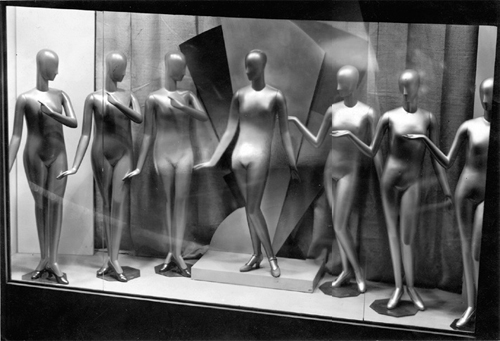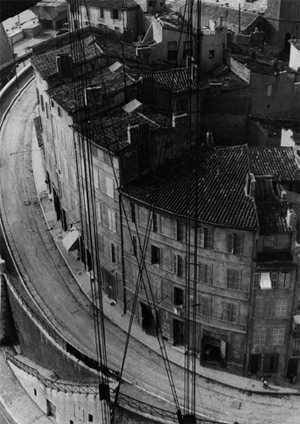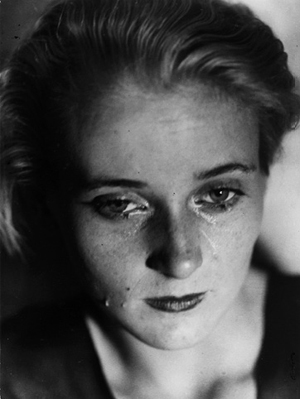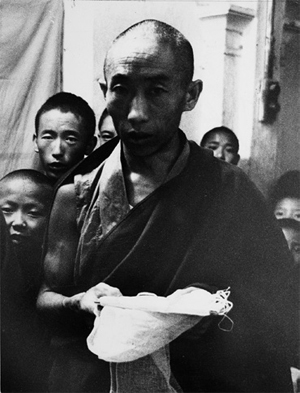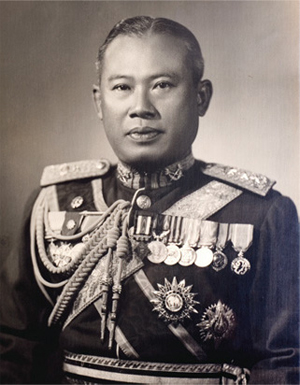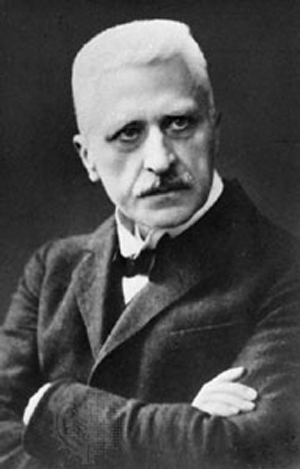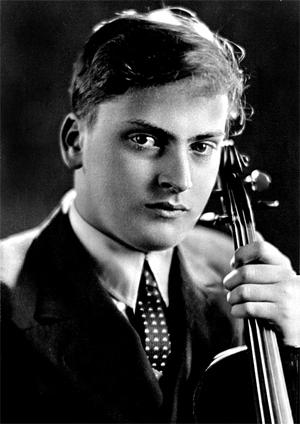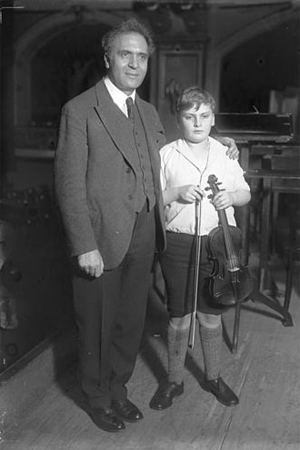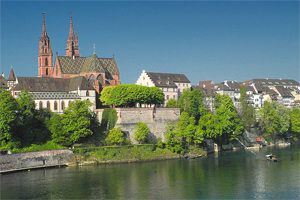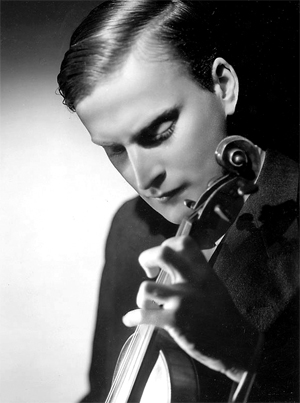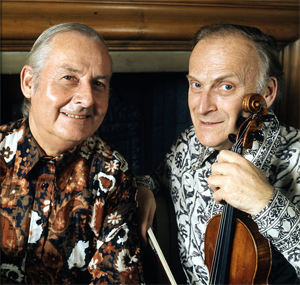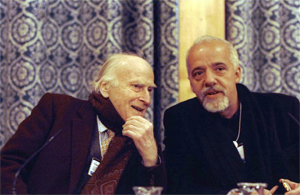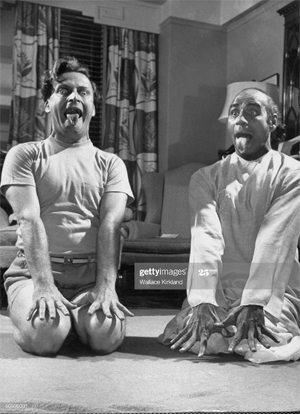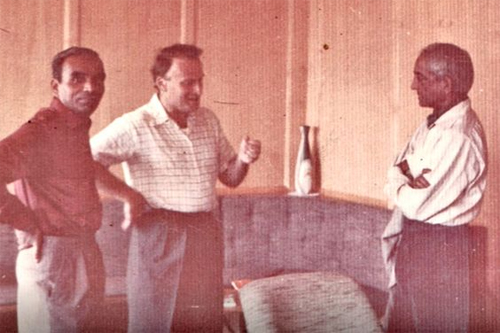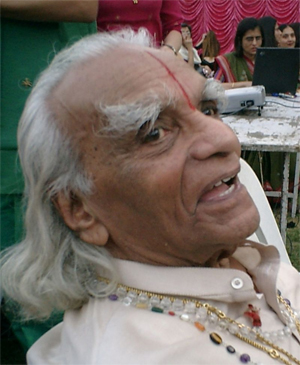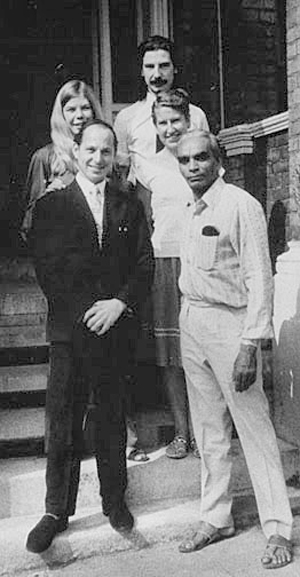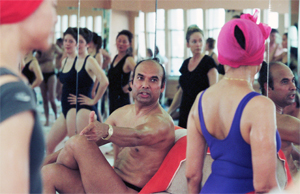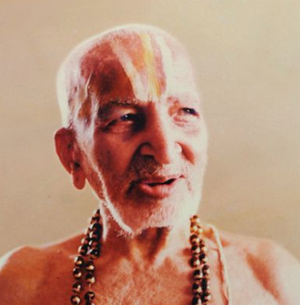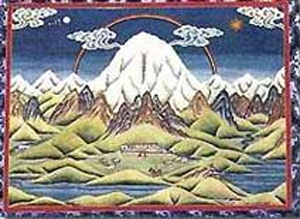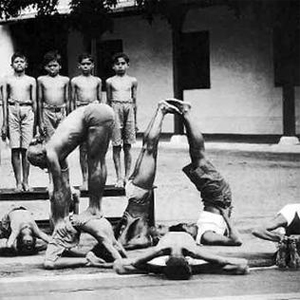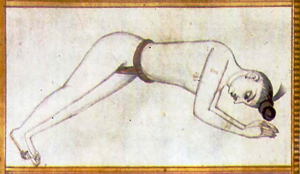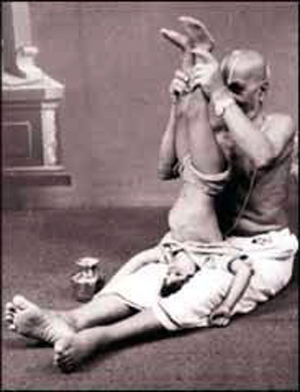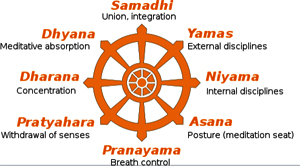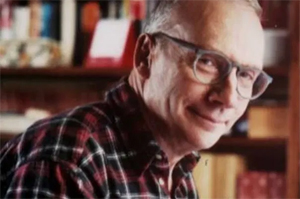by Wikipedia
Accessed: 5/29/20
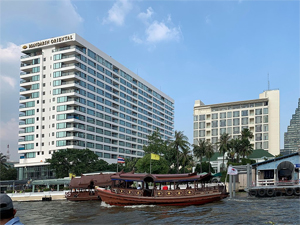
Mandarin Oriental, Bangkok
View of Mandarin Oriental, Bangkok
from the Chao Phraya River
Mandarin Oriental, Bangkok is located in BangkokMandarin Oriental, Bangkok
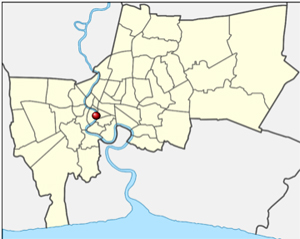
Location within Bangkok
General information
Location 48 Oriental Avenue, Bangkok 10500, Thailand
Coordinates 13°43′25″N 100°30′52″E
Opening 1876
Management Mandarin Oriental Hotel Group
Other information
Number of rooms: 393
Number of suites: 35
Number of restaurants: 8
Website: MandarinOriental.com/bangkok
Mandarin Oriental, Bangkok is a five-star hotel in Bangkok owned in part and managed by Mandarin Oriental Hotel Group. Located on the banks of the Chao Phraya River, the original structure was the first hotel built in Thailand when it opened as The Oriental in 1876. Today, the hotel is one of two flagship properties of Mandarin Oriental Hotel Group.
History
When Siam opened to foreign trade after the signing of the Bowring Treaty the sailors that manned the ships which conveyed this trade though Bangkok required accommodation on shore. To meet this demand, Captain Dyers, an American and his partner J.E. Barnes opened a hotel called the Oriental Hotel. This burnt down in 1865.[1]
Several years later a partnership of Danish captains opened a replacement hotel.[2] In the 1870s the board of the Oriental Hotel decided with the opening of the new River Wing, upon 1876 as the official establishment date of the Oriental Hotel.
H. N. Andersen
In 1881 29-year-old Hans Niels Andersen, a Danish businessman, bought the premises.[3] His various business ventures led to him becoming a much respected member of the Western community in Siam. Andersen identified a need for a respectable hotel with good accommodation, a bar and a western menu to meet the needs of travellers and businessmen visiting to Siam.
Encouraged by Prince Prisdang Jumsai, Hans Niels Andersen formed a partnership with Peter Andersen and Frederick Kinch to build a luxury hotel. Designed by Cardu & Rossi, a team of local Italian architects, the Oriental was the first luxury hotel in Siam. The hotel opened on 19 May 1887 with 40 rooms and features which at the time had never been seen in Siam outside of a royal palace: a second floor (during a time of single-storey bungalows), carpeted hallways, smoking and ladies rooms, a billiards room and a bar capable of seating 50 patrons.[4] To ensure the success of the restaurant and a satisfactory level of service the owners lured the chef and butler away from the French Consulate to work at the hotel.
The first major event that the hotel hosted was a grand banquet on 24 May 1888 to celebrate the Golden Jubilee of Queen Victoria. After personally inspecting the hotel’s facilities in December 1890, King Chulalongkorn decided the hotel was up to the standard necessary to host visiting royalty. The hotel's first royal guests were the entourage of Crown Prince Nicholas of Russia, (later Tsar Nicholas) in April 1891.
A succession of owners followed until Marie Maire took over the ownership in 1910. She immediately went to work revamping the hotel. She sold it in 1932. During the Second World War the hotel was leased to the Japanese Army who used it as an officers club (under the management of the Imperial Hotel of Tokyo). At the end of the war it was used to house liberated Allied prisoners of war, who in the belief that it was a Japanese property ransacked the building.[2][5]
Germaine Krull
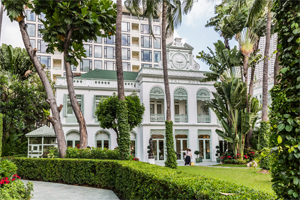
The original 19th century Authors' Wing
At the end of the war a six-person partnership each contributed US$250 to buy the hotel, badly run down from its wartime service. The partnership consisted of Germaine Krull (1897–1985),...
Germaine Luise Krull (20 November 1897 – 31 July 1985) was a photographer, political activist, and hotel owner. Her nationality has been categorized as German, French, and Dutch, but she spent years in Brazil, Republic of the Congo, Thailand, and India. Described as "an especially outspoken example" of a group of early 20th-century female photographers who "could lead lives free from convention", she is best known for photographically-illustrated books such as her 1928 portfolio Métal.
Krull was born in Posen-Wilda, a district of Posen (then in Germany; now Poznań, Poland), of an affluent German family. In her early years, the family moved around Europe frequently; she did not receive a formal education, but instead received homeschooling from her father, an accomplished engineer and a free thinker (whom some characterized as a "ne'er-do-well"). Her father let her dress as a boy when she was young, which may have contributed to her ideas about women's roles later in her life. In addition, her father's views on social justice "seem to have predisposed her to involvement with radical politics."
Between 1915 and 1917 or 1918 she attended the Lehr- und Versuchsanstalt für Photographie, a photography school in Munich, Germany, at which Frank Eugene's teaching of pictorialism in 1907–1913 had been influential. She opened a studio in Munich in approximately 1918, took portraits of Kurt Eisner ...Kurt Eisner (14 May 1867 – 21 February 1919) was a politician, revolutionary, journalist and theatre critic from Germany. As a socialist journalist, he organised the Socialist Revolution that overthrew the Wittelsbach monarchy in Bavaria in November 1918, which led to his being described as "the symbol of the Bavarian revolution". He is used as an example of charismatic authority by Max Weber. Eisner subsequently proclaimed the People's State of Bavaria, but was assassinated by far-right German nationalist Anton Graf von Arco auf Valley in Munich on 21 February 1919.
-- Kurt Eisner, by Wikipedia
and others, and befriended prominent people such as Rainer Maria Rilke, Friedrich Pollock, and Max Horkheimer.
Krull was politically active between 1918 and 1921. In 1919 she switched from the Independent Socialist Party of Bavaria to the Communist Party of Germany, and was arrested and imprisoned for assisting a Bolshevik emissary's attempted escape to Austria. She was expelled from Bavaria in 1920 for her Communist activities, and traveled to Russia with lover Samuel Levit. After Levit abandoned her in 1921, Krull was imprisoned as an "anti-Bolshevik" and expelled from Russia.
She lived in Berlin between 1922 and 1925 where she resumed her photographic career. She and Kurt Hübschmann (later to be known as Kurt Hutton) worked together in a Berlin studio between 1922 and 1924. Among other photographs Krull produced in Berlin were a series of nudes (recently disparaged by an unimpressed 21st-century critic as "almost like satires of lesbian pornography").
Having met Dutch filmmaker and communist Joris Ivens in 1923, she moved to Amsterdam in 1925. After Krull returned to Paris in 1926, Ivens and Krull entered into a marriage of convenience between 1927 and 1943 so that Krull could hold a Dutch passport and could have a "veneer of married respectability without sacrificing her autonomy."
In Paris between 1926 and 1928, Krull became friends with Sonia Delaunay, Robert Delaunay, Eli Lotar, André Malraux, Colette, Jean Cocteau, André Gide and others; her commercial work consisted of fashion photography, nudes, and portraits....
By 1928 Krull was considered one of the best photographers in Paris, along with André Kertész and Man Ray. Between 1928 and 1933, her photographic work consisted primarily of photojournalism, such as her photographs for Vu, a French magazine; also in the early 1930s,she also made a pioneering study of employment black spots in Britain for Weekly Illustrated (most of her ground-breaking reportage work from this period remains immured in press archives and she has never received the credit which is her due for this work). Her book Études de Nu ("Studies of Nudes") published in 1930 is still well-known today. Between 1930 and 1935 she contributed photographs for a number of travel and detective fiction books.
In 1935–1940, Krull lived in Monte Carlo where she had a photographic studio. Among her subjects during this period were buildings (such as casinos and palaces), automobiles, celebrities, and common people. She may have been a member of the Black Star photojournalism agency which had been founded in 1935, but "no trace of her work appears in the press with that label."... Henry Luce, the largest publisher of the day, with periodicals such as Time and Fortune. Luce collaborated with Black Star to produce a new weekly magazine called Life. Life would use artistic photos in a new format. These pictures would be large and take up the majority of the page. They could capture not only a moment in time, but an emotion and story that would be paramount to the text. Prior to this, photojournalism in the U.S. was relegated to regional newspapers where text was more important than photos...
Kornfeld became Black Star's best picture agent. He had a talent for creating rapport between client and artist. Therefore, Kornfeld handled their most important client, Life magazine, providing up to 200 photos a week.
-- Black Star (photo agency), by Wikipedia
In World War II, she became disenchanted with the Vichy France government, and sought to join the Free French Forces in Africa. Due to her Dutch passport and her need to obtain proper visas, her journey to Africa included over a year (1941–1942) in Brazil where she photographed the city of Ouro Preto. Between 1942 and 1944 she was in Brazzaville in French Equatorial Africa, after which she spent several months in Algiers and then returned to France.
After World War II, she traveled to Southeast Asia as a war correspondent, but by 1946 had become a co-owner of the Oriental Hotel in Bangkok, Thailand, a role that she undertook until 1966. She published three books with photographs during this period, and also collaborated with Malraux on a project concerning the sculpture and architecture of Southeast Asia.
After retiring from the hotel business in 1966, she briefly lived near Paris, then moved to Northern India and converted to the Sakya school of Tibetan Buddhism. Her final major photographic project was the publication of a 1968 book Tibetans in India that included a portrait of the Dalai Lama. After a stroke, she moved to a nursing home in Wetzlar, Germany, where she died in 1985.
-- Germaine Krull, by Wikipedia
Prince Bhanu [Prince Bhanubandhu Yugala],
Prince Bhanubandhu Yugala (Thai: พระเจ้าวรวงศ์เธอ พระองค์เจ้าภาณุพันธุ์ยุคล; RTGS: Phanuphan Yukhon, born 27 November 1910 in Songkhla Province, Thailand, died 5 February 1995 in Bangkok) was a Thai film director, producer and screenwriter, playwright, composer and author.
He was a grandson of King Chulalongkorn,...Chulalongkorn, also known as King Rama V, reigning title Phra Chula Chom Klao Chao Yu Hua[a] (Thai: จุฬาลงกรณ์; RTGS: Chunlalongkon; 20 September 1853 – 23 October 1910), was the fifth monarch of Siam under the House of Chakri. He was known to the Siamese of his time as Phra Phuttha Chao Luang (พระพุทธเจ้าหลวง, the Royal Buddha). His reign was characterized by the modernisation of Siam, governmental and social reforms, and territorial concessions to the British and French. As Siam was threatened by Western expansionism, Chulalongkorn, through his policies and acts, managed to save Siam from colonization. All his reforms were dedicated to ensuring Siam's survival in the face of Western colonialism, so that Chulalongkorn earned the epithet Phra Piya Maharat (พระปิยมหาราช, the Great Beloved King).
-- Chulalongkorn, by Wikipedia
the maternal grandfather of Princess Soamsawali Kitiyakara and an uncle of director Chatrichalerm Yukol....
Prince Bhanubandhu was the eldest of three children of Prince Yugala Dighambara ...Yugala Dighambara, Prince of Lopburi (March 17, 1882 – April 8, 1932) (Thai: สมเด็จพระเจ้าบรมวงศ์เธอ เจ้าฟ้ายุคลฑิฆัมพร กรมหลวงลพบุรีราเมศร์, RTGS: Chao Fa Yukhon Thikhamphon Krom Luang Lopburi Ramet), was a son of King Chulalongkorn of Siam.
The Prince graduated from Cambridge University. He served as Viceroy of the South during the reign of his half-brother King Vajiravhud and as the Minister of the Interior in the government of King Prajadhipok.
He married Princess Chalermkhetra Mangala (Bhanubandh), a daughter of Prince Bhanurangsi Savangwongse. Their grandson is the filmmaker Prince Chatrichalerm Yugala.
-- Yugala Dighambara, by Wikipedia
and Princess Chalermkhet Mongkhol. He was a grandson of King Chulalongkorn. He was educated in Thailand at Thepsirin School, and then in France. He also lived abroad in his youth in England and the United States. In his 20s, he returned to Thailand and enlisted in the Royal Thai Army's cavalry division. While in the army, he studied filmmaking in his spare time....
Prince Bhanubandhu founded his own company, the Thai Film Company, in 1938, first producing the film, Tharn Fai Kao (The Old Flame). Four other films followed: Wan Phen, Mae Sue Sao (Girl Matchmaker), Pid Thong Lang Phru and Look Thung (The Folks). The company was disbanded during World War II, with its assets sold to the Royal Thai Air Force....
After the war ended, Bhanubandhu formed a new production company, Assawin Pictures.
Bhanubandhu also composed the score for his films. One of his songs from 1938's Tharn Fai Kao, was selected in 1979 by UNESCO as a "Song of Asia".
-- Bhanubandhu Yugala, Wikipedia
General Chai Prateepasen,...
Major General Chai Prateepasen
Secretary General of the Cabinet: February 18, 1943 - August 5, 1944
-- Long Live the King: Government Officials and Employees of the Secretariat of the Cabinet, by soc.go.th
Pote Sarasin (prominent businessman and lawyer)
Pote Sarasin (Thai: พจน์ สารสิน, RTGS: Phot Sarasin, pronounced [pʰót sǎː.rā.sǐn]; 25 March 1905 – 28 September 2000) was a Thai diplomat and politician from the influential Sarasin family. He served as foreign minister from 1949 to 1951 and then served as ambassador to the United States. In September 1957 when Sarit Thanarat seized power in a military coup, he appointed Pote to be the acting prime minister. He resigned in December 1957. Pote also served as the first Secretary General of the Southeast Asia Treaty Organization from September 1957 until 1964....
Pote was a scion of the Sarasin family, one of Bangkok's oldest and wealthiest assimilated Chinese families. The Sarasins had always cultivated good relations with the bureaucratic elite of the 19th century, and by the early 1950s held substantial interests in real estate and rice trading. His father, Thian Hee (Chinese: 黄天喜, whose official title was Phraya Sarasinsawamiphakh), was the son of a traditional Chinese doctor and pharmacist who had immigrated from Hainan to Siam in the early 19th century.
Pote's sons are Pong, a leading businessman, Police General Pao, who once served as the Chief of the Royal Thai Police, and Arsa, who, like his father, was also one of the former foreign ministers of Thailand and was serving as the late King Bhumibol's Principal Private Secretary. All three sons–Pong, Arsa and Pao Sarasin had all served as the Deputy Prime Ministers of Thailand.
-- Pote Sarasin, by Wikipedia
and John Webster and Jim Thompson, two Americans who had served in the Office of Strategic Services (OSS) and who had stayed on in Thailand.
James Harrison Wilson Thompson (March 21, 1906 – March 26, 1967 disappeared) was an American businessman who helped revitalise the Thai silk industry in the 1950s and 1960s. At the time of his disappearance he was one of the most famous Americans living in Asia. Time magazine claimed he "almost singlehanded(ly) saved Thailand's vital silk industry from extinction".
Jim Thompson was born in Greenville, Delaware in 1906. He was the youngest of five children of Henry and Mary Thompson. His father was a wealthy textile manufacturer; his mother was the daughter of James Harrison Wilson (1837–1925), a noted Union general during the American Civil War....
From 1931 to 1940, he practised in New York City with Holden, McLaughlin & Associates, designing homes for the East Coast rich. During this period, he led an active social life and sat on the board of the Ballet Russe de Monte Carlo.The Original Ballet Russe (originally named Ballets Russes de Monte-Carlo) was a ballet company established in 1931 by René Blum and Colonel Wassily de Basil as a successor to the Ballets Russes, founded in 1909 by Sergei Diaghilev. The company assumed the new name Original Ballet Russe after a split between de Basil and Blum. De Basil led the renamed company, while Blum and others founded a new company under the name Ballet Russe de Monte-Carlo. It was a large scale professional ballet company which toured extensively in Europe, Australia and New Zealand, the United States, and Central and South America. It closed down operations in 1947.
-- Original Ballet Russe, by Wikipedia
In 1941, he quit his job and enlisted with the Delaware National Guard. Before the outbreak of the Second World War, he was transferred to a military outpost in Fort Monroe, Virginia. While he was here, he got to know Second Lieutenant Edwin Fahey Black, a fresh graduate from the US Military Academy, West Point. It was Black who encouraged him to join the Office of Strategic Services (OSS), the forerunner of the Central Intelligence Agency.
At the height of the Second World War, Thompson was recruited by major general William Joseph Donovan (1883–1959) to serve as an operative in the OSS.
His first assignment was with the French Resistance in North Africa. He was then sent to Europe. After Victory in Europe Day (May 7–8, 1945), he was transferred to Ceylon (now Sri Lanka) to work with the pro-Allied Seri Thai (Free Thai Movement). Their mission was to help liberate Thailand from the occupying Japanese Army. The group had the support of Pridi Panomyong, the regent to King Ananda Mahidol of Thailand, and Seni Pramoj, the Thai ambassador to the United States.
In August 1945, Thompson was about to be sent into Thailand, when the Surrender of Japan officially ended World War II. He arrived in Thailand shortly after Victory over Japan Day and organised the Bangkok OSS office. It was here he got to know Constance (Connie) Mangskau, an Allied Services translator, who later became one of his closest friends.
In the spring of 1946, Thompson went to work as military attaché at the United States legation for his former Princeton classmate Charles Woodruff Yost, the US Minister to Thailand. Thompson used his contacts with the Free Thai and Free Lao groups to gather information and defuse conflicts on Thailand's borders. Working with him in the Legation was Kenneth Landon, an American missionary whose wife, Margaret Landon, was the author of Anna and the King of Siam, which was the inspiration for a 1946 film of the same name, and The King and I in 1956.
In late 1946, Thompson headed for home to seek his discharge from the army. After his divorce from Patricia Thraves (1920–1969), he returned to Thailand to join a group of investors to buy The Oriental Hotel in Bangkok. While working on its restoration, he had some differences with his associates and this resulted in him giving up his shares. He subsequently switched his focus to silk.
In 1948,[13] he partnered with George Barrie to found the Thai Silk Company Limited. It was capitalised at US$25,000. They each bought eighteen percent of the shares. The remaining sixty-four percent were sold to Thai and foreign investors.
The firm achieved a coup in 1951 when designer Irene Sharaff made use of Thai silk fabrics for the Rodgers and Hammerstein musical, The King and I. From then on, the company prospered.... It was only after Thompson's disappearance that the Thai Silk Company relocated its weaving operations to Korat, a city which serves as a base of operations for the Royal Thai Army....
In 1958, he began what was to be the pinnacle of his architectural achievement – the construction of a new home to showcase his objets d'art.
Using parts of old up-country houses – some as old as a hundred years – he succeeded in constructing a masterpiece that involved the reassembling of six Thai dwellings on his estate. Most of the units were dismantled and brought over by river from Ayutthaya, but the largest – a weaver's house (now the living room) – came from Bangkrua. On arrival, the woodwork was offloaded and pieced together....
After he was through with its creation, he filled his home with the items he had collected in the past. Decorating his rooms were Chinese blue-and-white Ming pieces, Belgian glass, Cambodian carvings, Victorian-era chandeliers, Benjarong earthenware, Thai stone images, Burmese statues, and a dining table which was once used by King Rama V of Thailand....
Thompson disappeared from Malaysia's Cameron Highlands on Sunday, March 26, 1967. His disappearance from the hill station generated one of the largest land searches in Southeast Asian history, and is one of the most famous mysteries in the region.
-- Jim Thompson (designer), by Wikipedia
Krull took the position of manager in 1947, despite no prior experience in the hotel field. Born in Germany, she had been best known as a photographer during the 1920s before service in the Pacific as a war correspondent for Agence France Presse. The hotel's restoration and restocking offered Thompson an opportunity to put to use his architectural and artistic abilities.
The hotel reopened for business on 12 June 1947. Krull turned out to be a natural hotelier and during her reign restored the hotel to its position as the premier hotel in Thailand. Thompson soon left the partnership over a plan to build a new wing, though he stayed on in residence at the hotel for some time. To compete with popular clubs and a new local bar called Chez Eve, Krull established the Bamboo Bar, which soon became one of the leading bars in Bangkok.[6]
In 1958 the ten-storey Garden Wing was built. It featured the city’s first elevator and was home to the Le Normandie Restaurant.[2] In 1967, fearful that Thailand would fall to the communists, Krull sold her share to Italthai which at the time was well on its way to becoming one of the country’s most significant mercantile groups eventually totally some 60 companies involved in almost all aspects of the Thai economy.
Italthai
Italthai had been founded in the mid-fifties by Giorgio Berlingieri, an Italian born in Genoa and Dr Chaijudh Karnasuta, a Thai. Berlingieri felt that the Oriental had begun to rest on its laurels and had dropped behind its competitors. He wanted to develop the Oriental into one of the best hotels in the world. Too involved with his various businesses to devote time to the project, Berlingieri in November 1967 appointed 30-year-old Kurt Wachtveitl (1937– ), at that time manager of Nipa Lodge (a hotel that Italthai owned in Pattaya), as general manager of the Oriental.
In 1972 the hotel acquired an adjacent property upon which it erected the 350-room River Wing.[2]
ACC [Asian Cultural Council] is both a grantmaking and grantseeking organization. It is supported by funding from individuals, foundations, and corporations including The Andrew W. Mellon Foundation, Beijing Contemporary Art Foundation, Ford Foundation, the Henry Luce Foundation, Mandarin Oriental Hotel Group, Newman’s Own Foundation and The Starr Foundation
-- Asian Cultural Council, by Wikipedia
Mandarin Oriental Hotel Group and Mandarin Oriental, Bangkok
Mandarin Oriental, Hong Kong is a five-star hotel located on Connaught Road in Central, Hong Kong, owned and managed by Mandarin Oriental Hotel Group....Mandarin Oriental Hotel Group (MOHG; Chinese: 文華東方酒店), a member of the Jardine Matheson Group, is an international hotel investment and management group with luxury hotels, resorts and residences in Asia, Europe and the Americas.
-- Mandarin Oriental Hotel Group, by WikipediaJardine Matheson Holdings Limited (also known as Jardines) is a British conglomerate incorporated in Bermuda and headquartered in Hong Kong, with its primary listing on the London Stock Exchange and secondary listings on the Singapore Exchange and Bermuda Stock Exchange. The majority of its business interests are in Asia, and its subsidiaries include Jardine Pacific, Jardine Motors, Jardine Lloyd Thompson, Hongkong Land, Jardine Strategic Holdings, Dairy Farm, Mandarin Oriental Hotel Group, Jardine Cycle & Carriage and Astra International. It sponsors the Jardine Scholarship.
Jardines was one of the original Hong Kong trading houses or Hongs that date back to Imperial China and, as of December 2010, 41 percent of the company's profits were still earned in China. The company is controlled by the Keswick family, who are descendants of co-founder William Jardine's older sister, Jean Johnstone.
-- Jardine Matheson, by WikipediaIn the 1920s, the U.S. threw its weight behind Chiang Kai-shek, whose Kuomintang Party was fighting the Communists and several other warlords for control of China. The U.S. was competing with the other colonial nations for control of China, which had a cheap labor force and represented billions in profits for U.S. corporations and investors. The problem was that the Kuomintang supported itself through the opium trade. It's well documented in the diplomatic cables between the U.S. government and its representatives in China. Historians Kinder and Walker said the Commissioner of the Bureau of Narcotics, Harry Anslinger, "clearly knew about the ties between Chiang and opium dealers."
Anslinger knew that Shanghai was "the prime producer and exporter to the illicit world drug markets," through a syndicate controlled by Du Yue-sheng, a crime lord who facilitated Chiang's bloody ascent to power in 1927. As early as 1932, Anslinger knew that Chiang's finance minister was Du's protector. He'd had evidence since 1929 that American t'ongs were receiving Kuomintang narcotics and distributing it to the Mafia. Middlemen worked with opium merchants, gangsters like Du, Japanese occupation forces in Manchuria, and Dr. Lansing Ling, "who supplied narcotics to Chinese officials traveling abroad." In 1938 Chiang Kai-shek appointed Dr. Ling head of his Narcotic Control Department.
In October 1934, the Treasury attache in Shanghai "submitted reports implicating Chiang Kai-shek in the heroin trade to North America." In 1935 the attache reported that the Superintendent of Maritime Customs in Shanghai was "acting as agent for Chiang Kaishek in arranging for the preparation and shipment of the stuff to the United States."
These reports reached Anslinger's desk, so he knew which KMT officials and trade missions were delivering dope to American t'ongs and which American Mafia drug rings were buying it. He knew the t'ongs were kicking back a percentage of the profits to finance Chiang's regime.
After Japanese forces seized Shanghai in August 1937, Anslinger was even less willing to deal honestly with the situation. By then Du was sitting on Shanghai's Municipal Board with William J. Keswick, a director of the Jardine Matheson Shipping Company. Through Keswick, Du found sanctuary in Hong Kong, where he was welcomed by a cabal of free-trading British colonialists whose shipping and banking companies earned huge revenues by allowing Du to push his drugs on the hapless Chinese. The revenues were truly immense: according to Colonel Joseph Stilwell, the U.S. military attache in China, in 1935 there were "eight million Chinese heroin and morphine addicts and another 72 million Chinese opium addicts."
Anslinger tried to minimize the problem by lying and saying that Americans were not affected. But the final decisions were made by his bosses in Washington, and from their national security perspective, the profits enabled the Kuomintang to purchase $31 million worth of fighter planes from arms dealer William Pawley to fight the Communists, and that trumped any moral dilemmas about trading with the Japanese or getting Americans addicted.
It's all documented. Check the sources I cite in my books. Plus, U.S. Congressmen and Senators in the China Lobby were profiting from the guns for drugs business too. They got kickbacks in the form of campaign funds and in exchange, they looked away as long as Anslinger told them the dope stayed overseas. After 1949, the China Lobby manipulated public hearings and Anslinger cooked the books to make sure that the Peoples Republic was blamed for all narcotics coming out of the Far East. Everyone made money and after 1949 the operation was run out of Taiwan, with CIA assistance.
-- The CIA as Organized Crime: How Illegal Operations Corrupt America and the World, by Douglas ValentineThe Keswick family (pronounced with a silent "w", "Kezzick") are a business dynasty of Scottish origin associated with the Far East since 1855 and in particular the conglomerate Jardine Matheson.
As tai-pans of Jardine Matheson & Company, the Keswick family have at some time been closely associated with the ownership or management of the Hongkong and Shanghai Banking Corporation, the Indo-China Steam Navigation Company Ltd., the Canton Insurance Office Ltd, (now the HSBC Insurance Co), The Hongkong and Kowloon Wharf and Godown Company Limited, Star Ferry, Hong Kong Tramway, the Hong Kong Land Investment and Agency Co Ltd, and the Hongkong and Whampoa Dock Co Ltd.
The Hon. William Keswick (1834–1912)
The founder of the dynasty, he was born in 1834, in Dumfriesshire in the Scottish Lowlands. His grandmother, Jean Jardine Johnstone was an older sister of Dr. William Jardine, the founder of Jardine Matheson & Company. His father Thomas Keswick had married Margaret Johnstone, Jardine's niece and daughter of Jean, and entered the Jardine business. The company operated as opium traders and had a major influence in the First and Second Opium Wars although the company stopped this trading in 1870 to pursue a broad range of other trading interests including shipping, railways, textiles and property development.
William arrived in China and Hong Kong in 1855, the first of five generations of the Keswick family to be associated with Jardines. He established a Jardine Matheson office in Yokohama, Japan in 1859. He returned to Hong Kong to become a partner of the firm in 1862. He became managing partner (Taipan) from 1874 to 1886. He left Hong Kong in 1886 to work with Matheson & Co. in London as a senior director responsible only to Sir Robert Jardine (1825–1905), a son of David Jardine, William Jardine's older brother and the head of Mathesons in London.
-- Keswick family, by Wikipedia
Originally called The Mandarin, the hotel was built on the former site of the colonial Queen's Building on the waterfront in Central Hong Kong. From the onset, the concept was to create a hotel firmly rooted in Eastern culture, providing gracious service to a standard generally experienced only in the Asia–Pacific region. The original cost of construction totalled HKD 42 million, while the interior design amounted to even 50% more at HKD 66 million, sparing no luxury or detail. John Howarth of Leigh & Orange architectural firm was hired to design the building while the interior was entrusted to Don Ashton, a Hollywood Art Director for such films as The Bridge on the River Kwai, Indiscreet, and Billy Budd. The Mandarin officially opened for business in October 1963, and at 26 storeys, it was the tallest building in Hong Kong. In addition to its record-setting height, the hotel was the first in Hong Kong to have direct dial phones and the first in Asia to include a bath in every guestroom. The hotel quickly drew recognition for its service and elegance, and back in 1967 was listed by Fortune magazine as one of eleven great hotels in the world.
-- Mandarin Oriental, Hong Kong, by Wikipedia
The Group began with the opening of its flagship property, The Mandarin, in Hong Kong in 1963, which soon built up a reputation for luxurious service. In 1974, Mandarin International Hotels Limited was formed as a hotel management company. The Group's intention was to expand into Asia and operate hotels with a standard of service comparable with their property in Hong Kong.[7]
In 1974 the company's hotel interests expanded further through the acquisition of a 49% interest in The Oriental, Bangkok. Through the management of both The Mandarin in Hong Kong and The Oriental, Bangkok, the Group was in an unusual position of having two "flagship" hotels. In 1985, the Company rationalized its corporate structure by combining these two properties under a common name, Mandarin Oriental Hotel Group.[7]
The hotel opened its renowned Oriental Spa in 1993 and finished a complete renovation of its rooms and suites in 2003. In 2006, The Oriental, Bangkok celebrated its 130th anniversary.[8] In September 2008, the hotel formally changed its name from The Oriental, Bangkok to Mandarin Oriental, Bangkok.
Hotel
The hotel has contained 331 rooms, including 60 unique suites. The two-story Authors' Wing, the only remaining structure of the original 19th century hotel, houses suites named after Joseph Conrad, Somerset Maugham, Noël Coward and James Michener. The River Wing contains deluxe two bedroom suites named after former guests or personages associated with the hotel including Barbara Cartland, Gore Vidal, Graham Greene, Wilbur Smith, John le Carré, Jim Thompson, Norman Mailer, Thai author Kukrit Pramoj.[9] Other suites are named after ships associated with the early Bangkok trade such as Otago (once captained by Joseph Conrad), HMS Melita, Vesatri and Natuna.
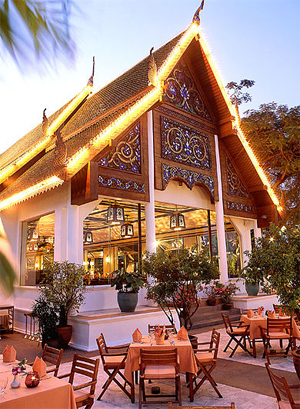
Sala Rim Naam restaurant and terrace
Restaurants[10]
• Le Normandie: Contemporary French cuisine
• Lord Jim’s: Seafood and prime cut grill
• Sala Rim Naam: Traditional Thai cuisine
• Terrace Rim Naam: Authentic Thai dishes
• The China House: Classic Chinese cuisine
• Riverside Terrace: International BBQ
• The Verandah: International all-day dining
• Ciao Terrazza: Italian cuisine
• Kinu by Takagi :Japanese Kaiseki dining
Lounges and bars[11]
• The Authors' Lounge: Traditional afternoon tea served with old world charm
• The Bamboo Bar: Live Jazz & Blues Bar
Additional services and facilities
• The Oriental Spa[12]
• The Oriental Thai Cooking School[13]
Awards[14]
• Named “Best City Hotel in Asia” and one of the “Top 20 Hotels Worldwide” (Travel + Leisure's annual World Best Awards 2009)[15]
• Best City Center Hotel Spa Worldwide (Luxury Travel Advisor, December 2008 - Awards of Excellence)
• Urban Spa of the Year (AsiaSpa Magazine, November 2008 - AsiaSpa Awards)
• Named one of the 400 Best Hotels (Forbes Traveler, November 2008)
• No. 8 in Overseas Leisure Hotels - Asia & the Indian Subcontinent (Condé Nast Traveller, October 2008 - Readers’ Travel Awards
• No. 13 in Spas in Overseas Hotel (Condé Nast Traveller, October 2008 - Readers’ Travel Awards)
• No. 3 in Top 20 International City Hotels (Andrew Harper’s Hideaway Report, September 2008 - The World’s Best Hotel, Resorts & Hideaways)
Photo gallery
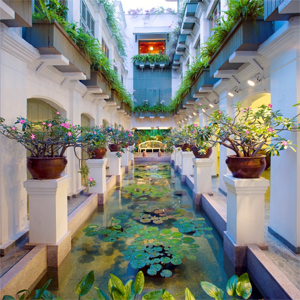
The Oriental Spa
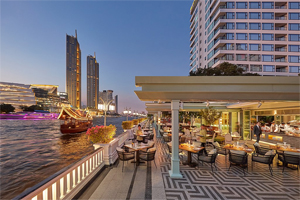
The Riverside Terrace
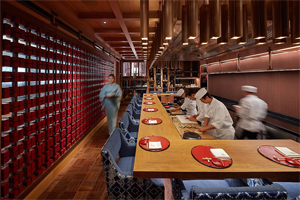
Kinu by Takagi
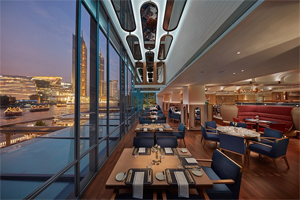
Lord Jim's
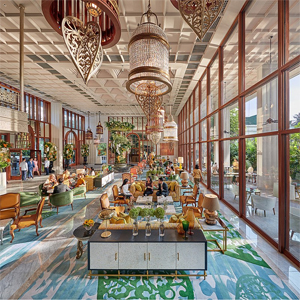
Hotel Lobby
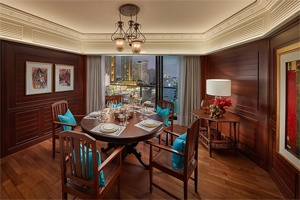
Siam One-Bedroom Suite Dining Area
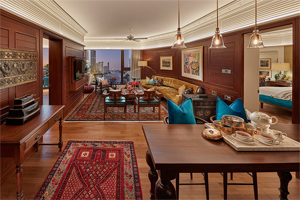
Siam One-Bedroom Suite Living Area
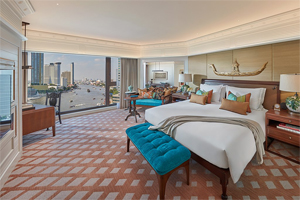
Siam One-Bedroom Suite
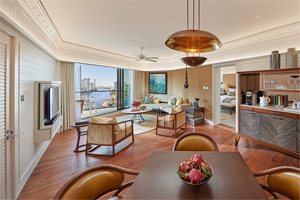
Deluxe One-Bedroom Theme Suite Living Room
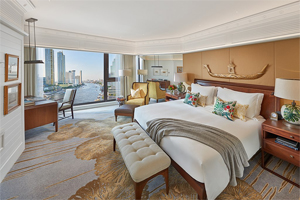
Deluxe One-Bedroom Theme Suite
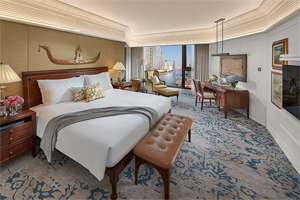
Selandia Two-Bedroom Suite
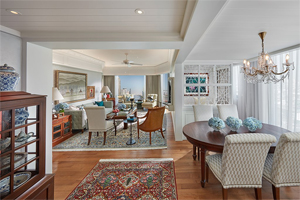
Selandia Two-Bedroom Suite Dining and Living Areas
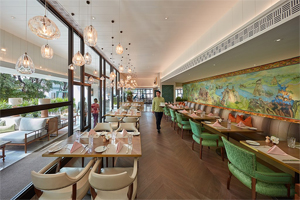
The Verandah
See also
• Thailand portal
• Architecture portal
• Mandarin Oriental Hotel Group
• Mandarin Oriental, Hong Kong
• Mandarin Oriental Hyde Park, London
• Mandarin Oriental, New York
• Mandarin Oriental, Miami
Notes
1. O'Nell. Page 176.
2. Warren & Gocher. Page 120.
3. Augustin and Williamson.
4. O‘Nell. Page 178.
5. O‘Nell. Page 181.
6. Samuels.
7. "Press Kits - Mandarin Oriental Hotel Group". Mandarinoriental.com. Retrieved 29 December 2014.
8. "Press Kits - Mandarin Oriental Hotel Group". Mandarinoriental.com. Retrieved 29 December 2014.
9. "Press Kits - Mandarin Oriental Hotel Group". Mandarinoriental.com. Retrieved 29 December 2014.
10. "Bangkok Fine Dining - Mandarin Oriental Hotel, Bangkok". Mandarinoriental.com. Retrieved 29 December 2014.
11. "Bangkok Fine Dining - Mandarin Oriental Hotel, Bangkok". Mandarinoriental.com. Retrieved 29 December 2014.
12. "Bangkok Luxury Spa - Mandarin Oriental Hotel, Bangkok". Mandarinoriental.com. Retrieved 29 December 2014.
13. "5-Star Hotel in Bangkok - Mandarin Oriental Hotel, Bangkok". Mandarinoriental.com. Retrieved 29 December2014.
14. "Bangkok Hotel News - Mandarin Oriental Hotel, Bangkok". Mandarinoriental.com. Retrieved 29 December 2014.
15. "2009 World's Best Hotels - Travel + Leisure". Travel + Leisure. Retrieved 29 December 2014.
References
• Augustin, Andreas; Williamson, Andreas (2000). The Oriental Bangkok. Vienna: Leading Hotels of the World. pp. 160 pages. ISBN 3-902118-05-9.
• Augustin, Andreas. "Wachtveitl - Why don’t you do some work?". Accessed 26 September 2008.
• Augustin, Andreas. "Oriental Hotel - Historic Data“. Accessed 26 September 2008.
• Germaine Krull; Dorothea Melchers (1964). Bangkok: Siam's City of Angels. London: Robert Hale Limited. pp. 191 pages. ASIN B0000CM48L.
• Lim, Victor. "The legendary Oriental Bangkok – the grand dame turns 130". Accessed 27 September 2008.
• O’Nell, Maryvelma (2008). Bangkok - A Cultural and Literary History. Oxford: Signal Books. pp. 248 pages. ISBN 978-1-904955-39-9.
• Samuels, David. "Taste of History". Accessed 26 September 2008.
• William Warren; Jill Gocher (2007). Asia's legendary hotels: the romance of travel. Singapore: Periplus Editions. pp. 120 pages. ISBN 978-0-7946-0174-4.
External links
• Official website
• Dining at Mandarin Oriental, Bangkok
• The Oriental Spa at Mandarin Oriental, Bangkok
• Travel and Leisure World's Best Awards 2009
*****************************
A Short History of Mandarin Oriental, Bangkok
by Mandarin Oriental, Bangkok
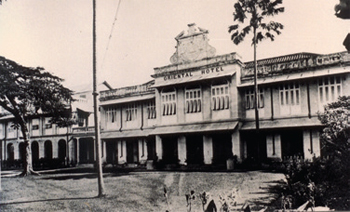
In the middle of the nineteenth century, a rest house for foreign seafarers was established on the banks of the Maenam River now known as Chao Phraya River. It was to become one of the world’s greatest hotels: The Oriental. Built in 1876, The Oriental, now Mandarin Oriental, Bangkok was the first luxury hotel in the Kingdom of Siam.
John le Carré completed The Honourable Schoolboy during his stay at The Oriental, W Somerset Maugham wrote about his bout with malaria during his stay at The Oriental in The Gentleman in the Parlour and Barbara Cartland named one of the heroines in Sapphires in Siam after an Oriental employee. Joseph Conrad, the sea captain and writer, was a frequent visitor to the bar of The Oriental, Vaslav Nijinsky danced in the ballroom in 1916 and playwright and actor Noël Coward treasured the memories of his favourite cocktail venue. Jim Thompson, the silk king, owned it, Peter Ustinov loved it and Graham Greene has a suite named in his honour. The Prince of Wales, The Queen of Sweden, Audrey Hepburn, Elizabeth Taylor, and Marlon Brando are a few of the individuals who have called Mandarin Oriental, Bangkok their ‘home away from home’.
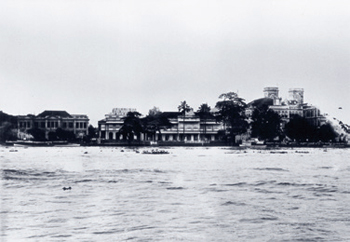
An early view of the Oriental Hotel from across the river
In 1865, the hotel’s original structure was destroyed in a fire and was replaced by the current structure in 1876. It was a Danish-born sailor, H.N. Andersen – the only Dane outside the Thai Royal Family to have been decorated with the Order of the White Elephant by the King of Siam – who resolved to give the Siamese capital a new hotel, a new modern luxurious Oriental Hotel.
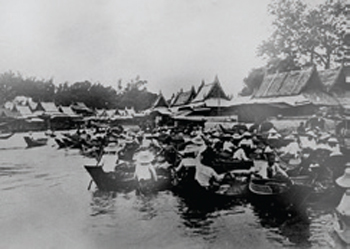
Boats on the Chao Phraya River
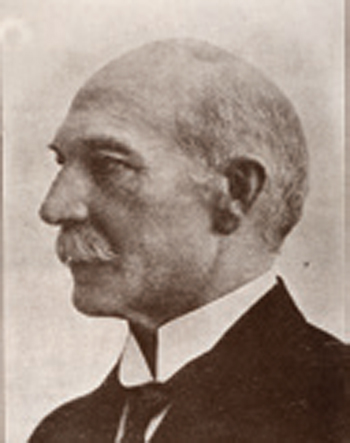
H N Andersen
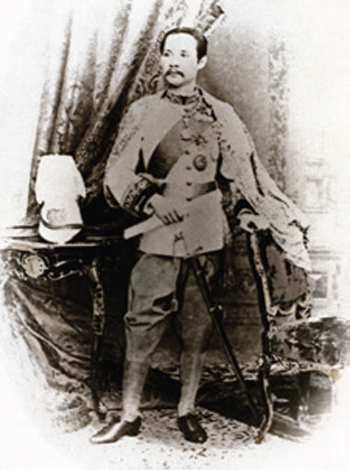
HM King Chulalongkorn, Rama V
Anderson appointed Italian architect firm Messrs Cardu and Rossi to design the Oriental building, which was subsequently constructed and withstood the ravages of time, and is today one of the proudest landmarks of Bangkok, a beautiful building that is both in use but also serves as a memorial and a promise, linking together the years past and present as well as those still to come.
On 17 December 1890, His Majesty King Chulalongkorn paid a private visit to The Oriental to assess the ability of the hotel to host royal guests. The King was so impressed that he decided to accommodate Crown Prince Nicholas of Russia, who became Tsar in 1894, at The Oriental in April 1891. It was the beginning of a long lasting relationship between the legendary hotel and Thailand’s Royal Palace.
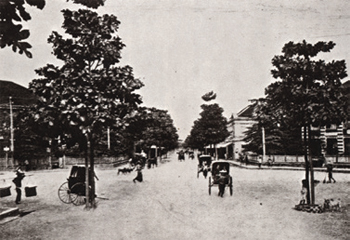
‘New Road”, opened in 1864
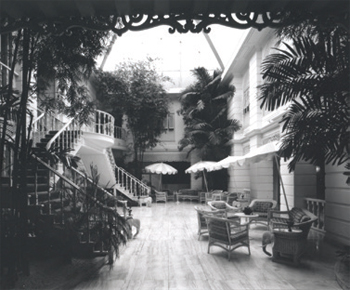
Interior of the Authors’ Wing
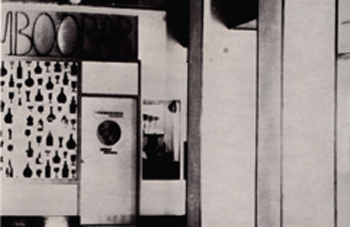
The Bamboo Bar exterior 1947
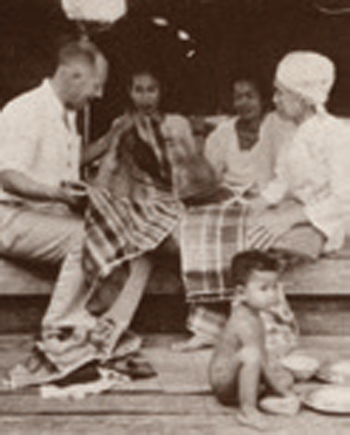
Jim Thompson, the future “Thai Silk King”
A succession of owners followed, including Louis T. Leonowens, son of the famous Anna of ‘Anna and the King of Siam’. During the Second World War, the hotel was leased to the Japanese Army, which used it as an officers’ club under the management of the Imperial Hotel of Tokyo. At the end of the war it housed liberated Allied prisoners of war who, under the impression that it was a Japanese-owned property, ransacked the building and left it in urgent need of repair.
A partnership of six people each contributed US$250 to buy the hotel, and immediately began restoration. The partnership included Germaine Krull, a characterful Polish-born photographer who had served in the Pacific as a war correspondent for Agence France Presse, His Royal Highness Prince Bhanubandhu Yugala, a prominent Thai lawyer Pote Sarasin and two Americans, John Webster and Jim Thompson, who had served in the Organization for Strategic Security [Office of Strategic Services - OSS] and chose to stay on in Thailand. The Oriental reopened for business in June 1947. Ms. Krull took the position of manager and restored the hotel to its position as the premier hotel in Thailand and established the Bamboo Bar, which swiftly evolved into a city legend that endures to this day.
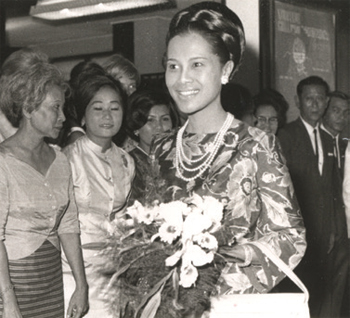
HM Queen Sirikit attended the Rotary Bazaar at the Oriental in 1966
In 1958, the ten-storey Garden Wing was added, home to Le Normandie, Bangkok’s first fine dining restaurant, and featured the city’s first elevator. In 1967, Krull sold her share to Italthai, which was founded in the mid-fifties by Italian-born Giorgio Berlingieri and Dr. Chaijudh Karnasuta, and at the time well on its way to becoming one of the country’s most significant mercantile groups. Berlingieri appointed 30-year old Kurt Wachtveitl, at that time manager of a hotel in Pattaya owned by Italthai, as General Manager of The Oriental. Wachtveitl remained at The Oriental until his retirement in 2009.
In 1972, the hotel bought the adjacent land from Chartered Bank, where it built the 350-room River Wing to complete the main body of the hotel as we know it today. An estate was acquired across the river and the celebrated Sala Rim Naam restaurant opened in 1983, followed by The Oriental Thai Cooking School, the first cooking school in Bangkok, and the Fitness Centre. The world renowned The Oriental Spa, the first spa within a hotel property in Bangkok, opened here in 1993 in an exquisite teak mansion. In 1992, the first Oriental Shop opened in Isetan – today there are four Mandarin Oriental Shops across the city catering to Bangkok’s discerning gourmands.
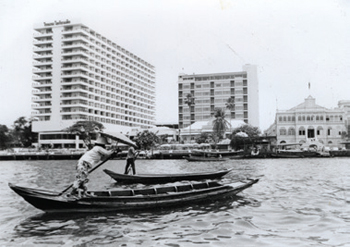
After construction of the River Wing, mid 1970s
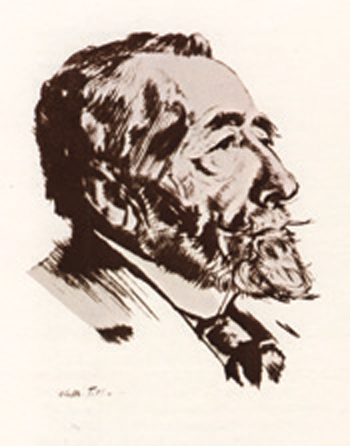
Joseph Conrad in 1924
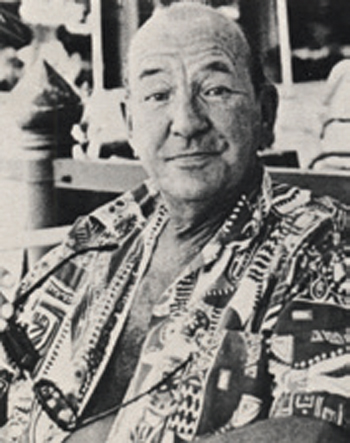
Noel Coward
In 1974, Mandarin International Hotels Limited, owner of The Mandarin in Hong Kong since 1963, was formed as a hotel management company and in expanding its interests in Asia, financed the building of the River Wing and therefore acquired a 45 percent stake in The Oriental. In 1985, the company rationalised its corporate structure by combining these two renowned properties under a common name, Mandarin Oriental Hotel Group. In 2008, The Oriental formally changed its name to Mandarin Oriental, Bangkok.

